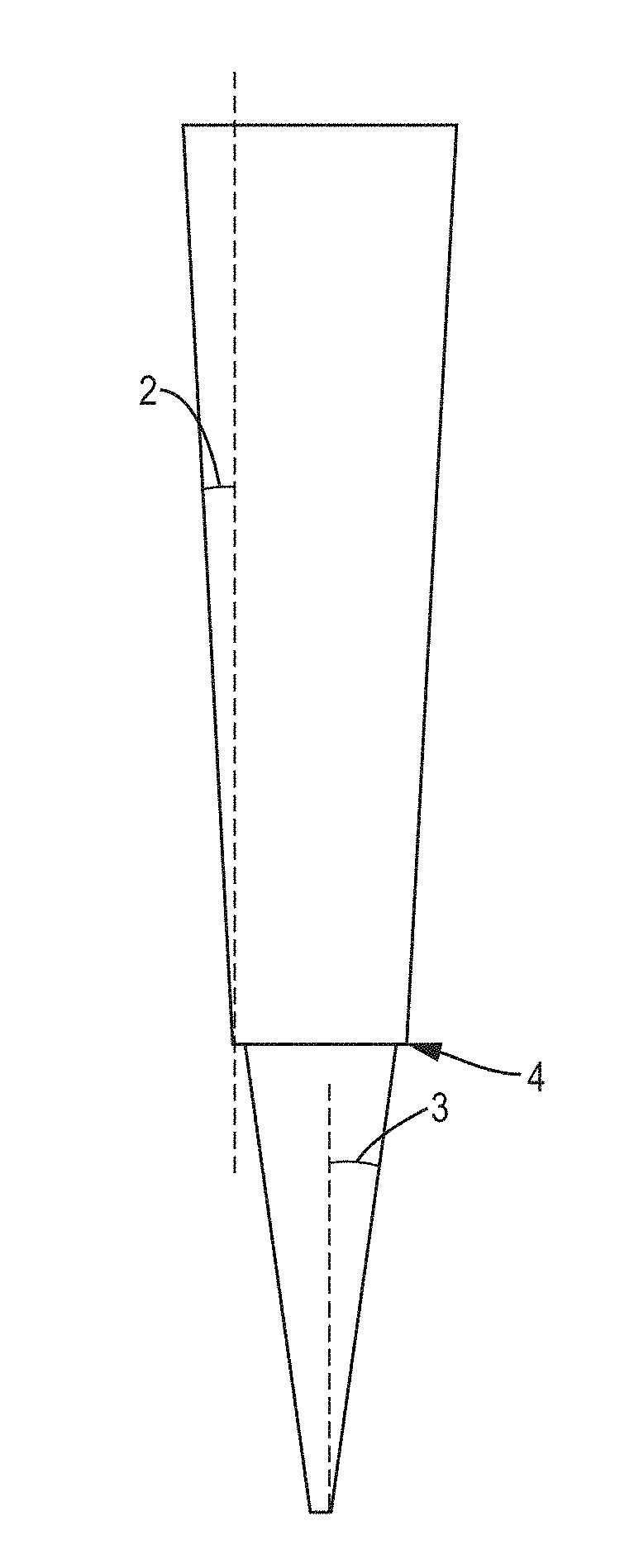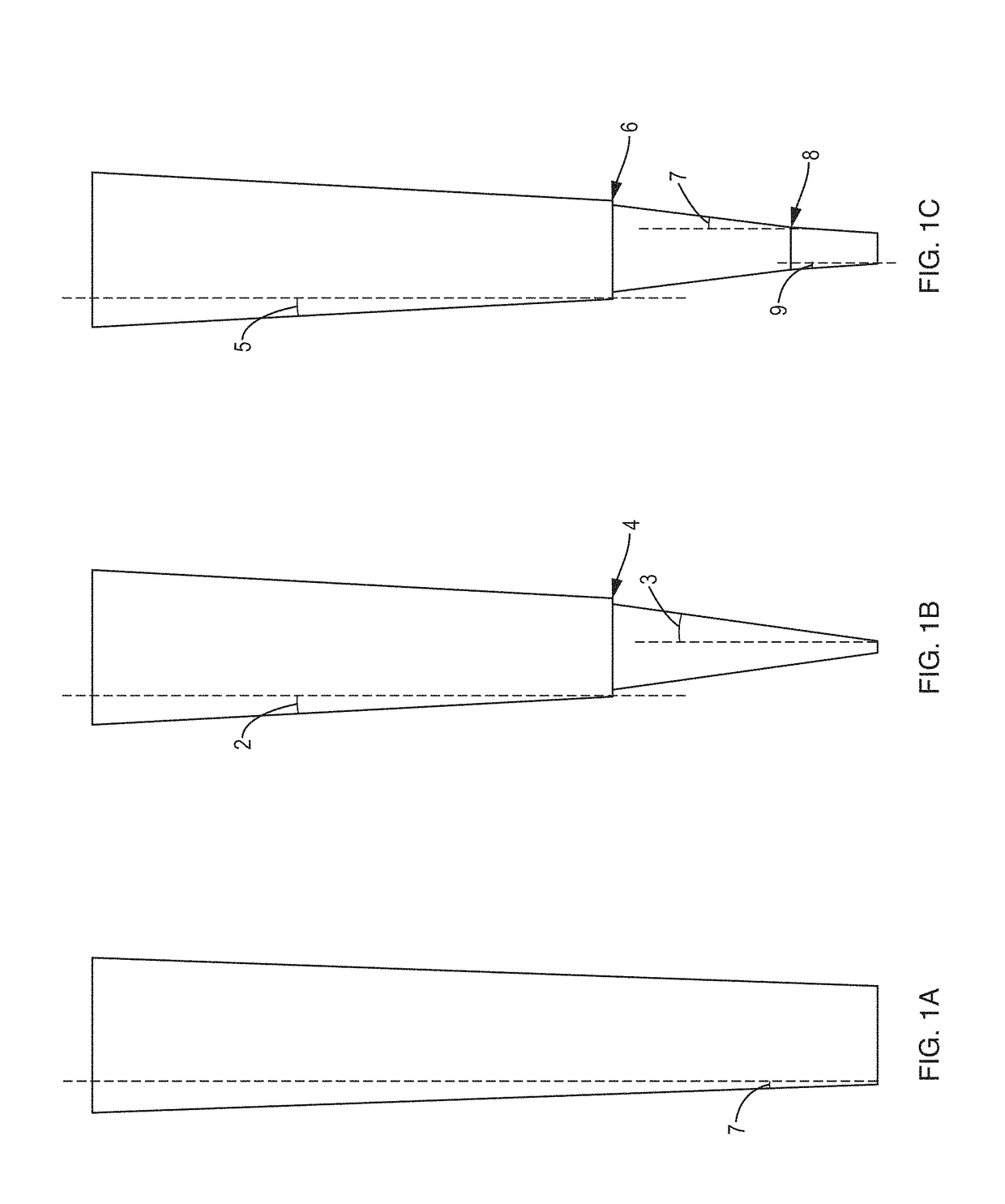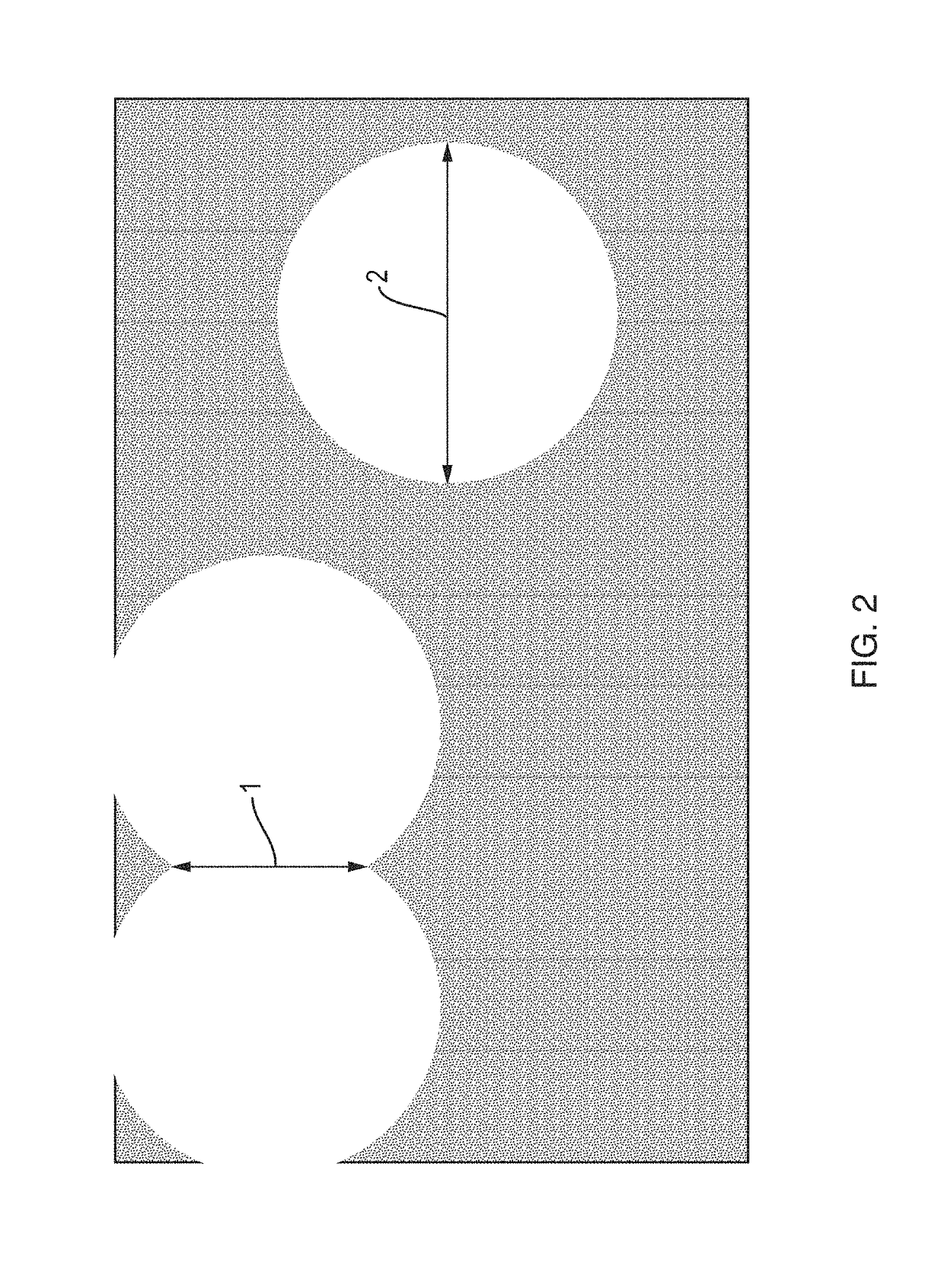Dispersive pipette extraction system for purification of large biomolecules
- Summary
- Abstract
- Description
- Claims
- Application Information
AI Technical Summary
Benefits of technology
Problems solved by technology
Method used
Image
Examples
example 1
tion Using Dispersive SPE Pipette System
[0189]In this example, genomic DNA from buccal swabs was isolated using the dispersive SPE pipette system and methodologies of the invention, as compared to two other commercially available DNA extraction kits. One of the commercially available DNA extraction kits isolates DNA using magnetic beads that bind DNA, whereas the other commercially available DNA extraction kit isolates DNA by precipitating the DNA.
Buccal Swab Samples
[0190]Buccal swab samples were obtained from 4 participants. Each swab was immediately processed for isolation of DNA. The swabs were collected from volunteers who signed an informed consent document. All samples were collected using the CytoSoft Cytology brush. The participants all self-swabbed and were instructed to swab 10 times on each check. The participants were also asked to not eat one hour prior to performing cheek swabs. All samples were processed immediately after sample was taken. Purified DNA solution was st...
example 2
apacity of Dispersive SPE Pipette System
[0198]In this example, a series of samples were tested using the dispersive SPE pipette system of the invention to determine the binding capacity of the system as function of the number of aspirations performed. Analyte binding per aspiration was assessed using bromophenol blue dye diluted in water. The results are shown in FIG. 5, which demonstrates that the % analyte concentration bound to the resin in the pipette tip increases as a function of the number of aspirations, with at least 3 aspirations producing more binding than only 1 or 2 aspirations, and with 5 or more aspirations (e.g., 5-10) producing the highest % analyte binding. Further studies demonstrated that the binding capacity of the pipette system is limited by the concentration as well as the chemical property of the analyte of interest (i.e., log P values). Thus, the results described herein demonstrated the advantageous benefit of performing three or more aspirations per sampl...
example 3
ughput Enrichment of Depleted Serum Proteins Using Reverse Phase C4 Dispersive SPE Pipette System on an Automated Platform
[0199]In this example, a reverse phase dispersive SPE pipette tip system (IMCStips™) was used to enrich and desalt serum samples that had undergone prior depletion treatment for removal of abundant serum proteins (referred to herein as “depleted serum”). The benefits of the method described herein include: use of a loose dispersive resin such that there is maximum contact between the resin and the analyte(s); easy integration with automated platforms; no additional equipment needed; high reproducibility; and reduced sample preparation time.
Sample Treatment
[0200]The starting sample for these extractions was pooled human serum or human serum from a healthy donor. The serum was stored at −80° C. and thawed before use. The serum was filtered using a 0.22 um filter. HiTrap™ Albumin / IgG Depletion column (GE Healthcare) was used for an initial depletion of albumin and I...
PUM
| Property | Measurement | Unit |
|---|---|---|
| Length | aaaaa | aaaaa |
| Length | aaaaa | aaaaa |
| Length | aaaaa | aaaaa |
Abstract
Description
Claims
Application Information
 Login to View More
Login to View More - R&D
- Intellectual Property
- Life Sciences
- Materials
- Tech Scout
- Unparalleled Data Quality
- Higher Quality Content
- 60% Fewer Hallucinations
Browse by: Latest US Patents, China's latest patents, Technical Efficacy Thesaurus, Application Domain, Technology Topic, Popular Technical Reports.
© 2025 PatSnap. All rights reserved.Legal|Privacy policy|Modern Slavery Act Transparency Statement|Sitemap|About US| Contact US: help@patsnap.com



